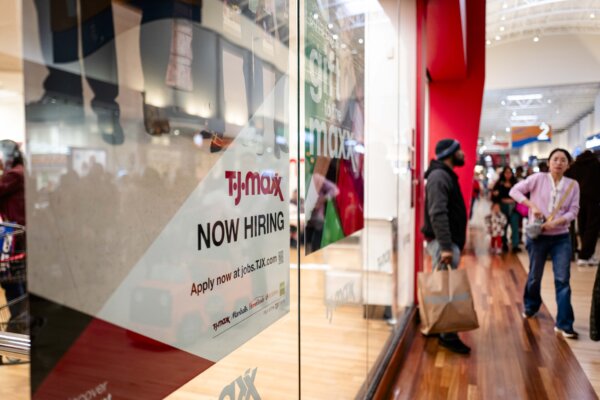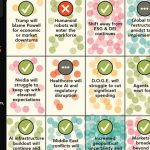![]() Employment vacancies unexpectedly rose in April, reaffirming the health of the U.S. labor market.
Employment vacancies unexpectedly rose in April, reaffirming the health of the U.S. labor market.
The consensus forecast indicated a reading of 7.1 million.
The largest increases were observed in arts, entertainment, and recreation (43,000) and mining and logging (10,000). Conversely, the number of job vacancies decreased in accommodation and food services (negative 135,000) and state and local government (51,000).
Over the last 12 months, job openings have declined by more than 200,000.
Several surveys have indicated that companies are struggling to fill their positions.
“While owners are still trying to fill a high number of current job openings, their outlook on business conditions is less supportive of future business investments,” said Bill Dunkelberg, the chief economist for the National Federation of Independent Business.
The number of job quits tumbled by 150,000 to a four-month low of 3.194 million. This is down from the upwardly adjusted 3.344 million in March and 3.414 million in April 2024.
JOLTS figures show that employment quits were concentrated in trade, transportation, and utilities (negative 123,000) and professional and business services (negative 29,000).
Economists pay attention to the quits data because they can signal workers’ confidence in finding a new job in today’s economy.
In addition, the quits rate—a measure of voluntary job leavers as a share of total employment, dipped to 2 percent from 2.1 percent in the previous month.
The April report confirmed the trend of employers maintaining their headcount. The numbers for new hires and layoffs were flat at about 5.6 million and 3.2 million, respectively.
Overall, the latest JOLTS update provides a positive outlook for the U.S. economy, says Chris Zaccarelli, the CIO for Northlight Asset Management.
The increase occurred as President Donald Trump’s April 2 announcement of global tariffs changed international trade flows and ignited panic on Wall Street.
“The higher-than-expected job openings number this morning is a good sign for the economy, as many were worried that the tariff uncertainty was weighing too heavily on businesses,” Zaccarelli said in a note emailed to The Epoch Times.
“To the extent that they felt confident to hire and expand, it shows that businesses are looking past the tariff issues for now and that should give a lift to the market.”
While the April JOLTS is a lagging indicator, the May jobs report will provide a more up-to-date look at the U.S. employment situation.
Early estimates suggest that the economy created 130,000 new jobs and the unemployment rate held steady at 4.2 percent.
“Despite ongoing uncertainties from tariffs and broader economic volatility, new unemployment claims have remained relatively restrained, while the total number of individuals receiving assistance has risen to the highest in more than three years,” said Mark Hamrick, a senior economic analyst at Bankrate, in a statement to The Epoch Times.
“Such resilience has been its hallmark over the past several years, but the future is not guaranteed.”
Main Street Versus Corporate America
In recent months, a notable divergence has emerged between small businesses on Main Street and executives on Wall Street.
In the second quarter, The Conference Board’s Measure of CEO Confidence declined to its lowest level since the end of 2022. Additionally, the survey highlighted the largest quarterly decline in the survey’s history.
Geopolitical instability, trade and tariffs, regulatory uncertainty, and cyber risks were identified as their top business risks.
However, small businesses are more supportive of the president’s tariff plans and remain optimistic about the economy, according to a recent survey.
“Small business owners are sending a clear message: they’re all-in on tariffs to bring manufacturing home,” said Michael Seifert, CEO of PublicSquare, in a statement to The Epoch Times. “This isn’t blind optimism—it’s a calculated bet on America’s economic future.”
Still, uncertainty remains the key term in today’s economic environment.
“Uncertainty due to the recent tariffs continue to weigh on profitability and service,” said a leader in paper products in the survey. “An unresolved (trade deal with) China will result in empty shelves at retail for many do-it-yourself and professional good.”
The ISM Manufacturing Purchasing Managers’ Index contracted for the third consecutive month in May, sinking below market estimates. Inside the report showed that employment improved, prices were little changed, and new orders ticked higher.











